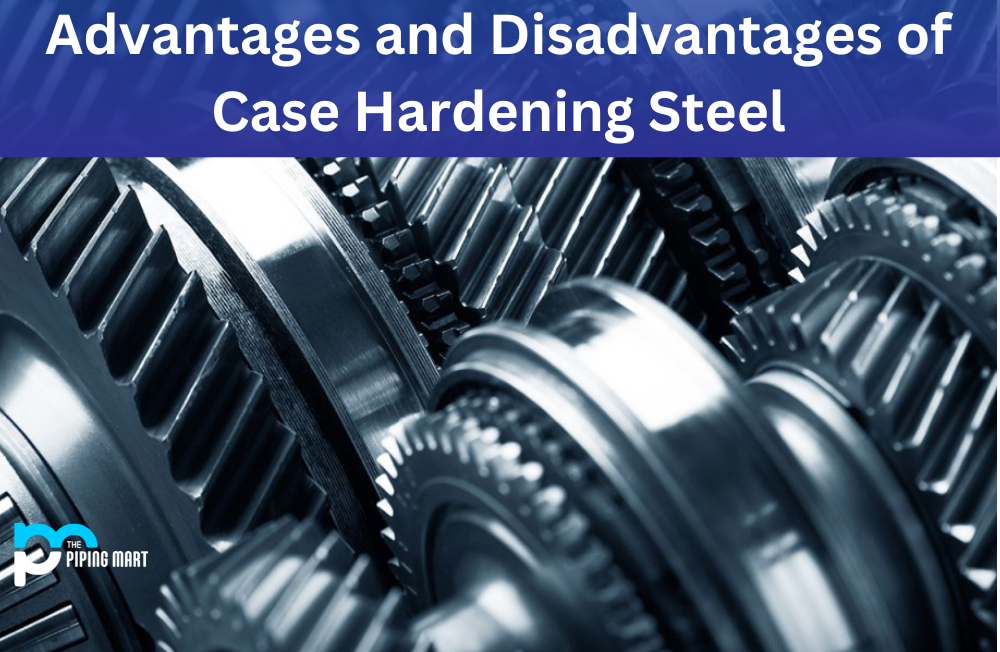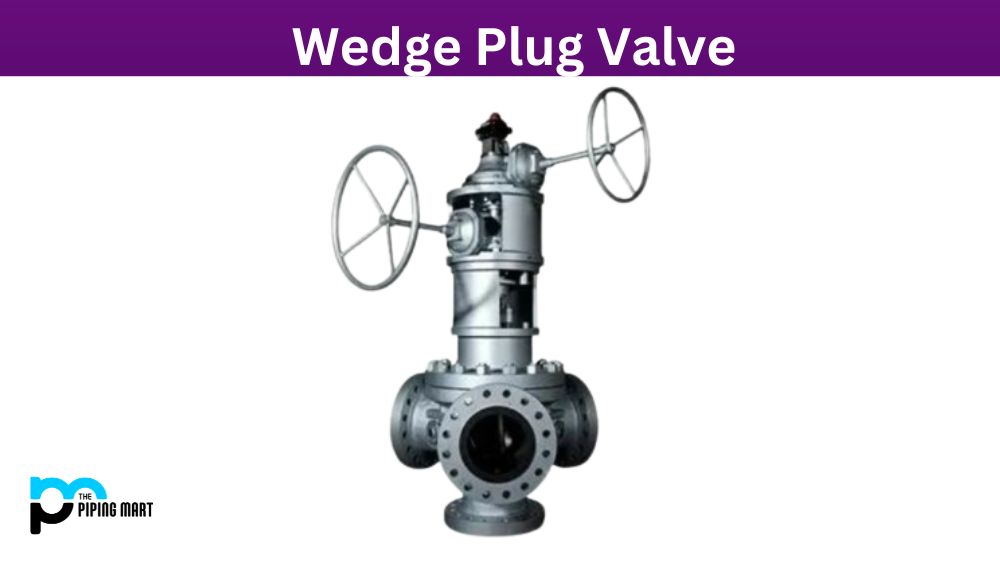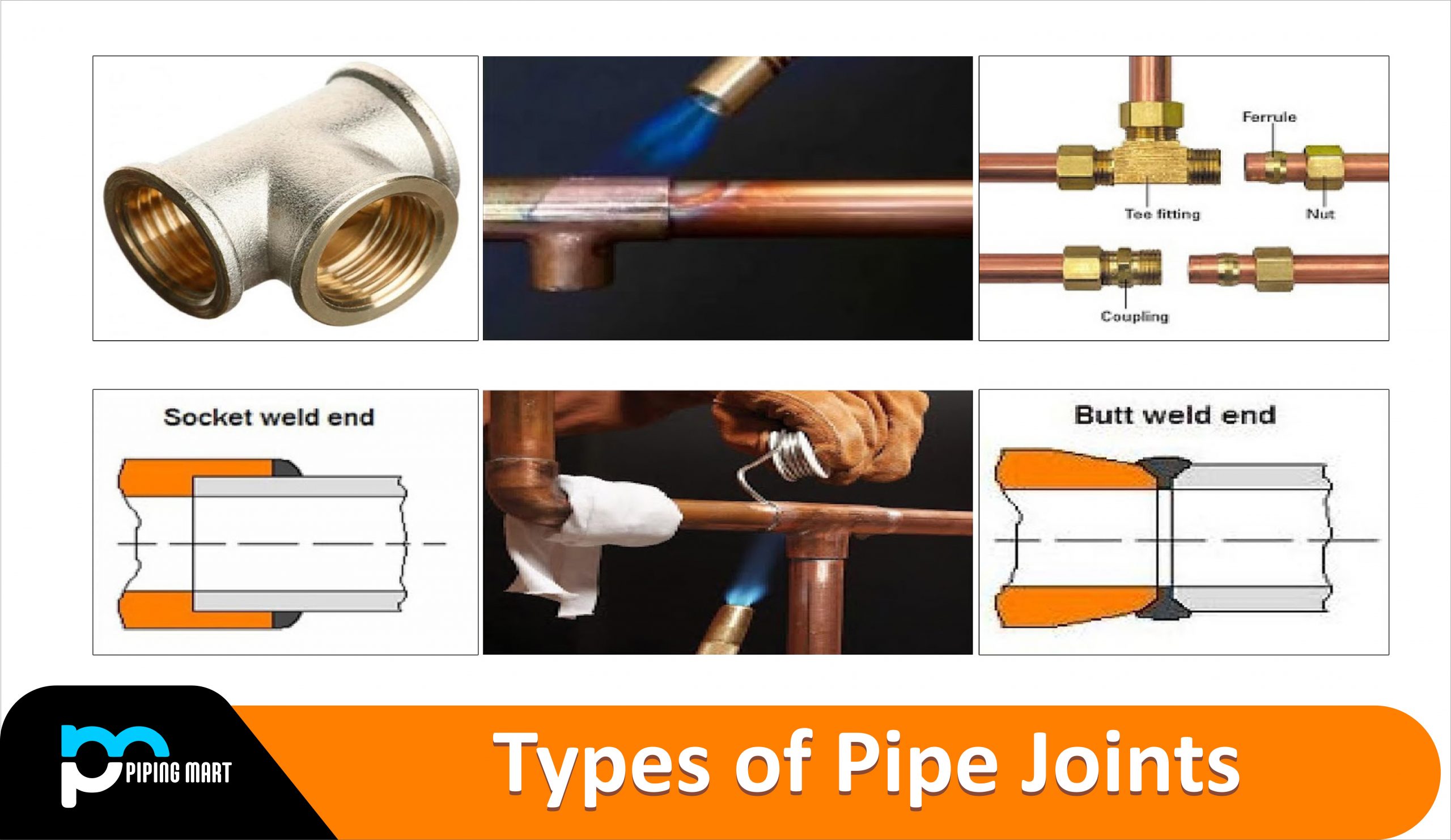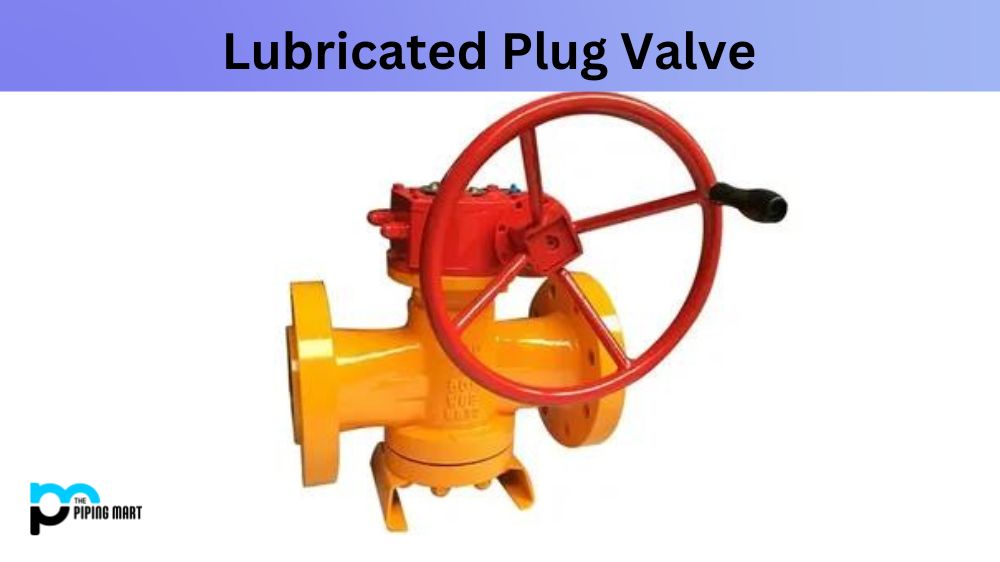When it comes to metal alloys, steel is one of the most commonly used. For a variety of reasons, including its strength, durability, and affordability, steel is the perfect choice for a wide range of applications. However, there is one downside to using steel: it can be susceptible to corrosion.
That’s where case hardening comes in. Case hardening is a process that involves infusing the surface of the steel with a carbon-rich material. This creates a harder outer layer that is more resistant to wear and tear—and less likely to corrode. But case hardening isn’t without its drawbacks; in this blog post, we’ll explore both the advantages and disadvantages of this process so you can make an informed decision about whether or not it’s right for your project.
Advantages of Case Hardening Steel
Increased Strength and Durability: One of the biggest advantages of case hardening steel is that it makes the metal stronger and more durable. By infusing the surface of the steel with carbon, you create a harder outer layer that is better able to withstand wear and tear—and less likely to succumb to corrosion over time.
Enhanced Aesthetic Appeal
In addition to increasing the strength and durability of steel, case hardening can also improve its aesthetic appeal. The carbon infusion process gives steel a unique mottled appearance that some people find appealing.
Improved Machinability
Another advantage of case hardened steel is that it’s easier to machine than unhardened steel. This is due to the fact that the hard outer layer helps protect the softer inner core from being damaged during machining processes like drilling, tapping, and reaming.
Greater Versatility
Perhaps the biggest advantage of case hardened steel is its versatility; because it can be used in such a wide variety of applications—from medical implants to construction—it’s one of the most versatile metals on the market today.
Reduced Costs
Thanks to its increased strength and durability, case hardened steel can help reduce costs by extending the lifespan of parts and components made from this metal alloy. In many cases,case hardened steel parts can last up to four times longer than those made from unhardened steel—which means you won’t have to replace them as often (if at all).
Disadvantages of Case Hardening Steel
High Initial Costs
One downside to using case hardened steel is that it tends to be more expensive than unhardened steel—especially if you’re working with a large quantity of this metal alloy . The reason for this is that the case hardening process requires specialized equipment and training , both of which add to the overall cost .
Limited Corrosion Resistance
While case hardened steel is more resistant to corrosion than unhardened steel , it’s important to note that this metal alloy is not immune to rusting . If you live in an area with high humidity or salt air , for example , you’ll need to take special care of your case hardened steel parts and components to prevent them from corroding .
Difficult Repair Process
Another downside to using case hardened steel is that repairing this metal alloy can be difficult —if not impossible —in some cases . Depending on how badly damaged your part or component is , you may need to replace it entirely rather than attempt a repair .
Conclusion
When it comes down to it, only you can decide whether or not case hardeningsteelis right for your project . Weighingthe prosand cons carefully will help ensurethat you make an informed decision about which typeofmetal alloyto use . Keep in mindthatcase hardenedsteelisn’trightfor every situation ; in some instances ,unhardenedsteelmay actually bea betterchoice .

A passionate metal industry expert and blogger. With over 5 years of experience in the field, Palak brings a wealth of knowledge and insight to her writing. Whether discussing the latest trends in the metal industry or sharing tips, she is dedicated to helping others succeed in the metal industry.




